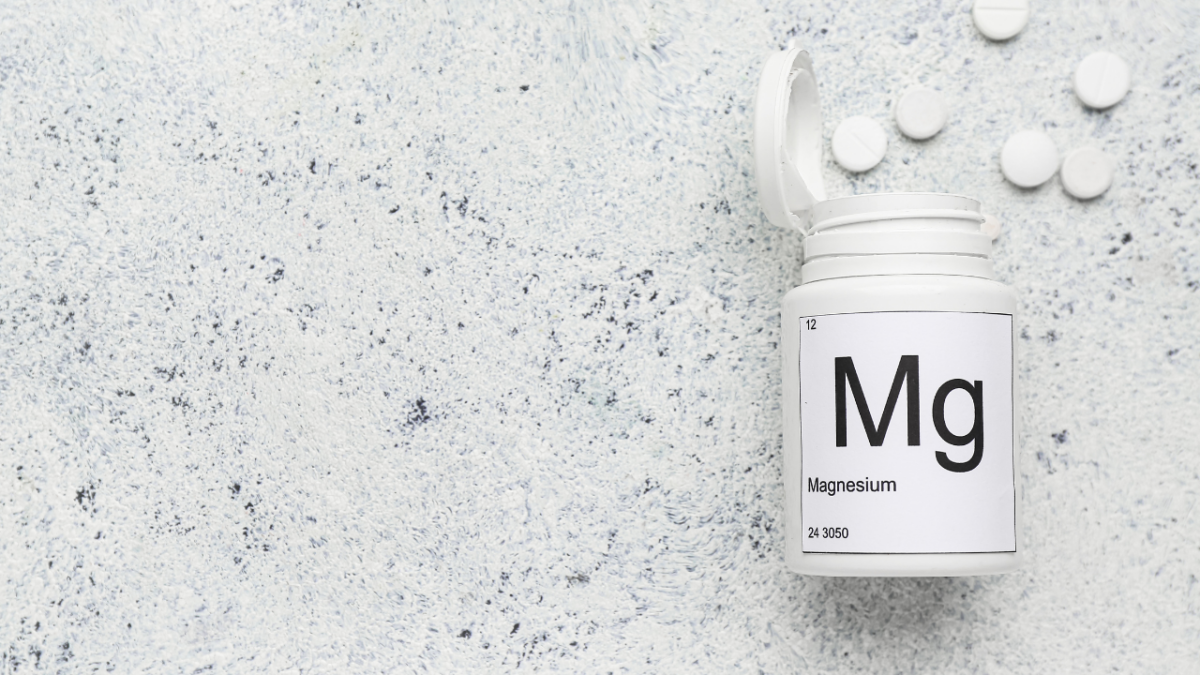10 Must-Try Menopause Hacks for Staying Chill!
Menopause hacks aren’t just about getting through the day; they’re about reclaiming your comfort and confidence during the menopause transition. Menopause marks the end of fertility, sure, but it also brings a slew of physical changes that can really test your daily comfort. Hot flashes top the list of nuisances, often hitting you with unexpected waves of heat that can throw you off your game. Luckily, there’s a bunch of practical, actionable strategies that can really dial down both how often and how intense these hot flash episodes get.
Below, explore 10 must-try hacks to stay chill during menopause:
1 – Keep a Portable Fan Handy
Always be prepared with a small, battery-operated or rechargeable fan. These can be lifesavers when hot flashes strike unexpectedly. Carry one in your purse or keep it on your desk, and use it to create a gentle breeze that can help cool your skin and regulate your body temperature.
2 – Dress in Layers
Opt for lightweight, breathable fabrics like cotton or linen and dress in layers that can be easily removed when a hot flash starts. Wearing several thinner layers allows you to adjust your clothing to your body’s changing temperature needs throughout the day.
3 – Make Cooling Sprays
Prepare a DIY cooling spray by mixing water with a few drops of peppermint or eucalyptus essential oil. Store this in the refrigerator and spritz it on your face, neck, and wrists when you feel a hot flash coming on. The cooling properties of the oils, combined with the chilled water, provide instant relief.
4 – Adjust Your Diet
Incorporate foods that can help regulate your body temperature. For instance, eating water-rich foods like cucumber, celery, and watermelon can help keep your body hydrated and cool. Also, try to avoid spicy foods, caffeine, and alcohol, which can trigger or worsen hot flashes.
5 – Stay Hydrated
Drink plenty of water throughout the day. Keeping hydrated is essential, as it helps regulate your body temperature. If plain water is too bland, try adding slices of lemon, lime, or cucumber for a refreshing twist.
6 – Practice Breathing Techniques
When a hot flash begins, practice paced breathing. Slow, deep, abdominal breathing can help manage the intensity of a hot flash. Aim for six to eight breaths per minute, and practice this technique regularly to reduce the frequency of hot flashes.
7 – Create a Cool Sleeping Environment
Turn down the thermostat at night and consider using a cooling pillow or moisture-wicking bedding. These products can help maintain a cooler sleeping environment, making it easier to fall and stay asleep despite night sweats.
8 – Exercise Regularly
Regular exercise can help balance hormones and manage symptoms of menopause, including hot flashes. Focus on moderate activities like walking, yoga, or swimming, which keep you active without overheating your body.
9 – Mind Your Medications
Some medications can exacerbate hot flashes. Discuss with your healthcare provider whether any of your prescriptions could be contributing to your symptoms and if alternatives are available.
10 – Consider Herbal Supplements
Some women find relief with herbal remedies such as black cohosh, red clover, or evening primrose oil. Before starting any supplement, consult your healthcare provider to ensure it’s safe for you, especially if you have underlying health conditions or are taking other medications.
Frequently Asked Questions
What fabrics should I avoid during menopause?
- Avoid synthetic fabrics as they tend to trap heat. Choose garments made from natural fibers like cotton, which allow your skin to breathe.
How long do hot flashes last?
- Hot flashes can last anywhere from a few seconds to several minutes and may continue for years after menopause begins.
Are there any specific exercises to avoid during menopause?
- It’s wise to avoid high-intensity workouts that can raise body temperature and trigger hot flashes. Opt for gentler, cooler exercise environments.
Can herbal remedies interact with medications?
- Yes, herbal supplements can interact with medications. Always consult with a healthcare provider before starting any new supplement, particularly if you’re on medication.
Is there a permanent cure for hot flashes during menopause?
- While there’s no permanent cure, the strategies mentioned can significantly reduce the frequency and severity of hot flashes.
Takeaway
Navigating menopause doesn’t have to feel like an uphill battle. With these handy tips, you can really cut down on those pesky hot flashes and keep your cool more easily. Keep in mind, every woman’s journey through menopause is different. What helps one person might not work for another. So, it’s a great idea to try out various strategies and chat with healthcare pros to find the plan that fits you just right.





























